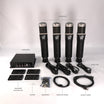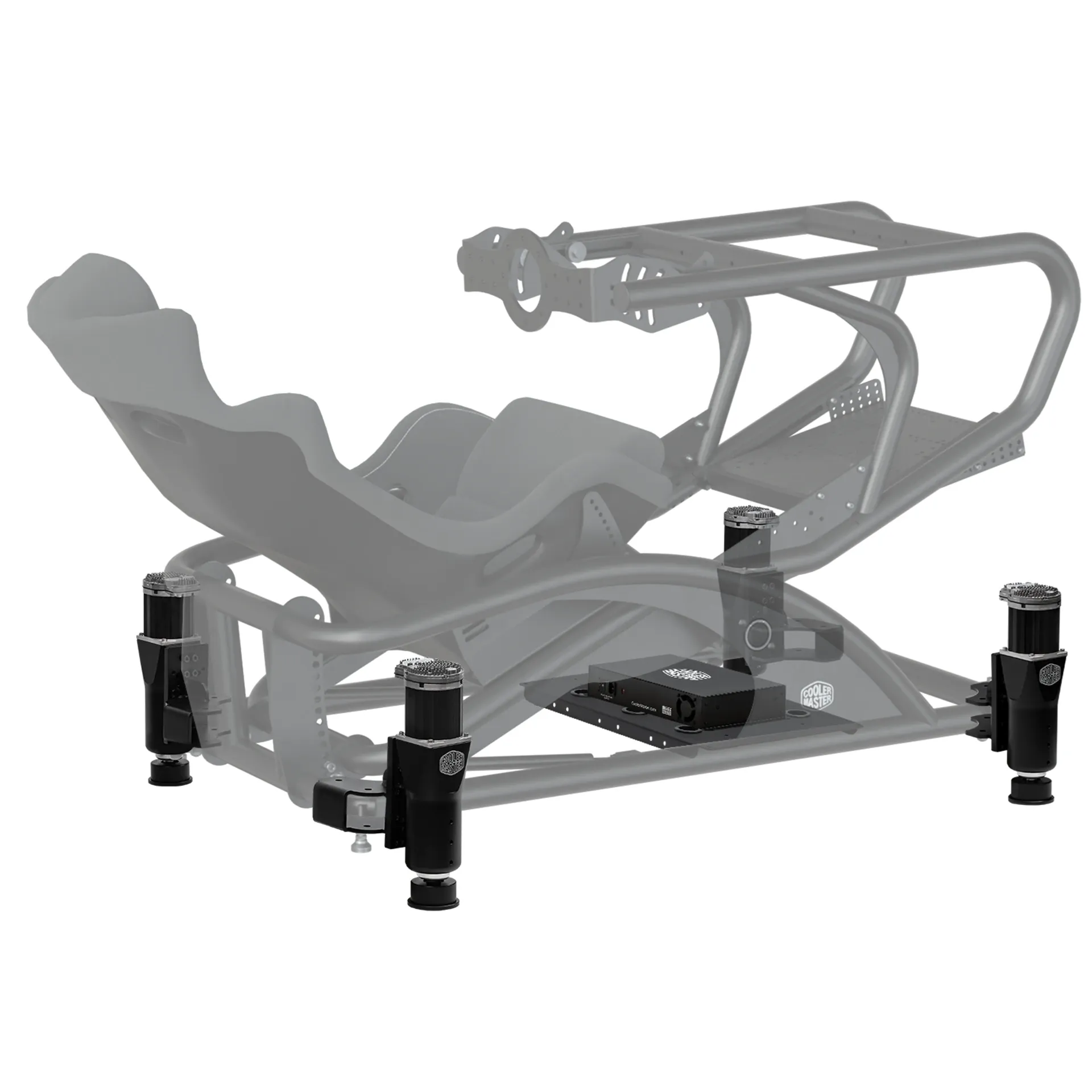Larry Chen reviews the Datsun 280Z real car full motion simulator which is a special project headed for a Kuwait sim center.
We have done over 24 such full motion projects mostly for marketing exhibits, corporate experience centers, sim center attractions and museums. In this particular case, the vehicle was picked up from a USA used vehicle dealer with just 23k original miles.
The engine with transmission was removed and sold, and many other components were upgraded to make the vehicle show worthy. Being such an vehicle many connectors, wiring harnesses, panels and trim pieces had to be replaced due to age and fragility.
The vehicle also uses our latest DK4-X actuator system that can support up to 5000 lbs. and push the vehicle directly from the ground up vs. being integrated into the suspension as before, saving lots of engineering costs. The total weight of the vehicle is 2000 lbs. including motion system, with a slight front bias.
Here are some popular questions and comments about the build:
Q1) It's cheaper to go to the race track than to spend over $150k on a simulator vehicle.
A1) This is not a track replacement vehicle. It is a fun and interactive attraction that generates revenue. Our clients standard ROI is just over a year. So this car makes money and doesn't just consume money like track cars. The purpose is much different.
Q2) You should use VR. It's so much better than those small screens.
A2) VR is a great and cost effect at home solution if you are comfortable with it. This vehicle will see several hundred drivers per month and requires a 'jump in and drive' setup. VR takes some time to setup and adjust with each driver. It also would require proper pass through which is still not the best time tested commercial solution. The 48" triple screens in the video are just for testing and are not the final commercial setup, which will most likely be a large LED video wall. Similar to what we did with out Peterbilt 520 simulator.
Q3) Such noobs! I would use a short throw project and project the image on the windshield!
A3) We have used interior projection in the past and it does come with it challenges. Here is a real full motion Peterbilt truck simulator we did a while back (https://www.youtube.com/watch?v=dF9LRcuT88c&t=79s) The problem with interior projection is that it brings the screen inside the cab really close to the driver. This means that the vanishing point in the software has to be adjustable. The vanishing point is what gives the driver the perspective of distance and also what establishes the field of view, which has its own tradeoffs. If the software does not adjust for the vanishing point, like Assetto Corsa then the experience will be very off-putting. Just driving straight without correction will make it feel like the car is always drifting into the center of the windshield and not into the center of the driver. (hard to explain, but trust us on this one). Also the American Truck Simulator software we used for the real Peterbilt truck simulator allowed us to change the x and y vanishing point locations. (Good job SCS Software!)
Lastly interior projection requires a lot of room for the ultra-short throw projection and lots of cooling. The Peterbilt 579 cab had more than enough head room for the installation of the projectors, and had a fully functioning AC unit. (https://www.youtube.com/watch?v=AE9xAO3iyS8) The use of short throw projectors also requires to use of special software to be able to cut out unwanted areas and to warp the image to be properly displayed at the correct angles. This alone took months in development time and in the end, a triple screen solution is just way more robust.











Leave a comment
This site is protected by hCaptcha and the hCaptcha Privacy Policy and Terms of Service apply.